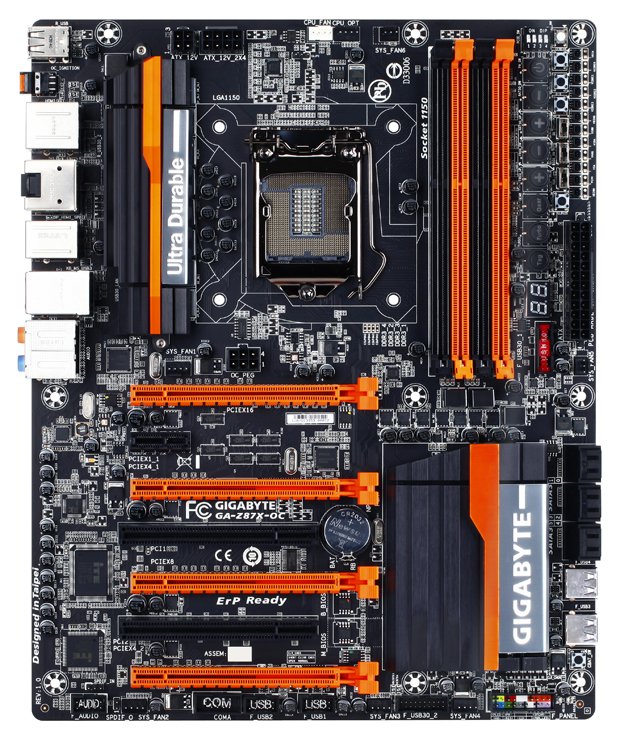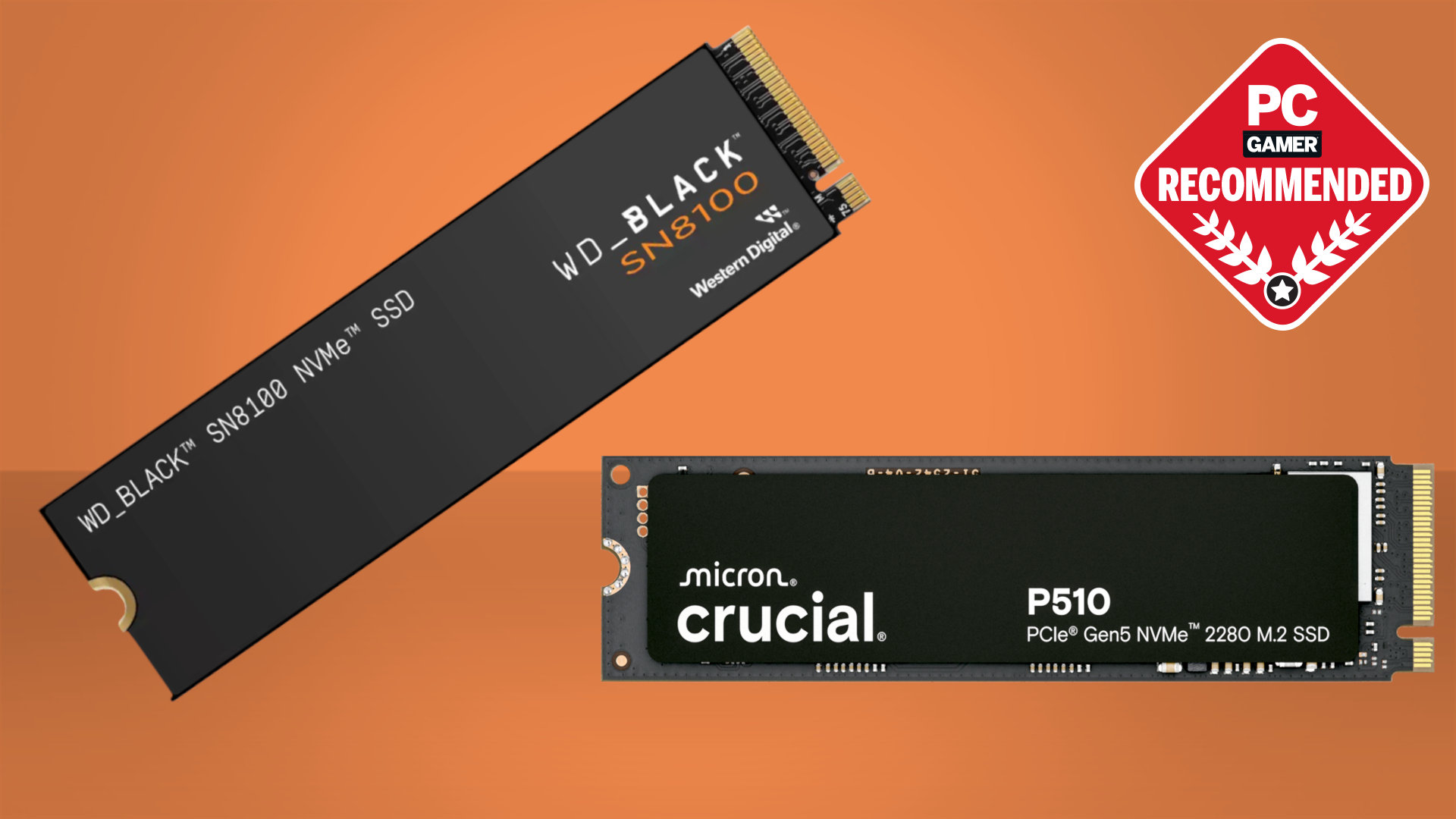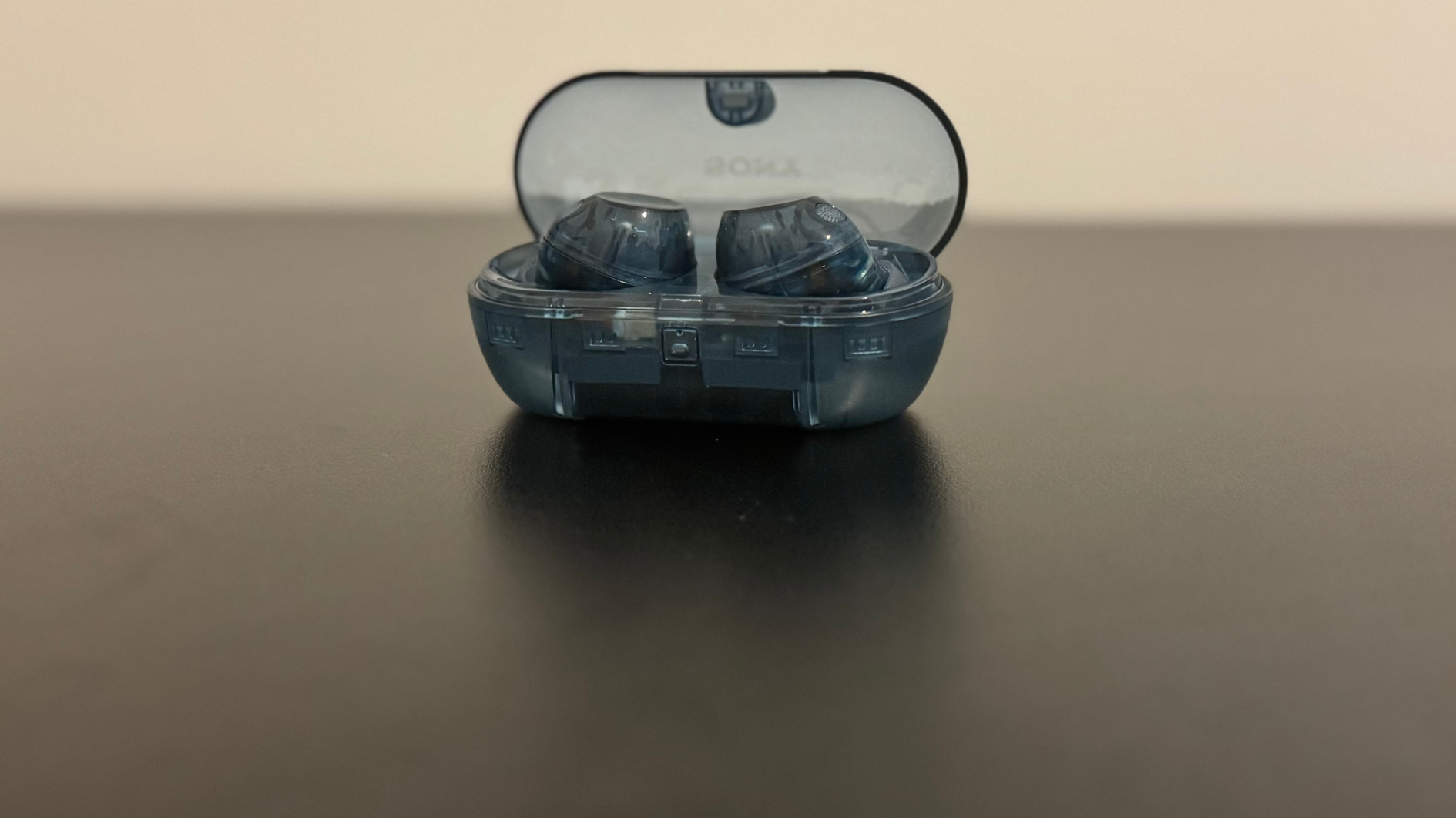The Ultimate Computer Hardware Guide
Motherboard
Knowing your way around a motherboard is a distinguishing characteristic of a PC nerd. Let us help orient you
Form Factor
The form factor of a motherboard is its physical dimensions. The most popular today is the 18-year-old ATX form factor. The two other popular sizes are the smaller microATX and Mini-ITX . Intel tried and failed to replace ATX with BTX . Two additional form factors are the wider Extended-ATX and XL-ATX. XL-ATX is not an official spec but generally denotes a longer board to support more expansion slots. For an enthusiast, ATX will cover about 90 percent of your needs. Besides offering the most flexibility in expansion, it’s also where you the get the widest range of selection. You can get budget all the way to the kitchen sink in ATX. MicroATX is usually reserved for budget boards, but there are a few high-end boards in this form factor these days. Mini-ITX is exciting, but the limited board space makes for few high-end options in this mini size.
Socket
As we said in our CPU write-up, your motherboard’s socket dictates all that the board will ever be. If, for example, you buy a discontinued socket such as LGA1156, your choice of CPU is greatly limited. The most modern sockets today are LGA1155, LGA1150, LGA2011 for Intel, and AM3+ and FM2 for AMD. For Intel, LGA2011 and LGA1150 have the longest legs. Though still useable, the sun is now setting on LGA1155 boards. AMD is actively supporting AM3+ and FM2, but there is talk of a new socket to replace FM2.
Chipset
The chipset on a motherboard refers to the “core logic” and used to entail multiple chips doing several jobs. These days, the core-logic chipset is down to one or two chips, with much of the functionality moved into the CPU. Chipsets manage basic functions such as USB, PCIe, and SATA ports, and board makers throw on additional controllers to add even more functions. You should pay special attention to the chipset if you’re looking for certain functionality, some of which is only possible on newer chipsets. The P67 chipset, for example, did not support Intel’s SSD caching, but the Z68 did. Current high-end chipsets from Intel include the Z77 , Z87 , X79 ; from AMD you have the A85X, 990X, and 990FX.
SLI/CrossFire Support
The vast majority of gamers never run more than one video card, but it’s always nice to know you have the option. AMD’s multicard solution is CrossFire for two boards, and CrossFireX for more than two. For its part, Nvidia has SLI for two-card setups, tri-SLI for three cards, and four-way SLI for four cards. We won’t judge the relative merits of each system, as this isn’t the place for it. Most boards that offer one, also offer the other, but don’t assume a CrossFire board will support SLI. Read the specs ahead of time if you plan to run multiple cards.
Ports
One of the main differences between a high-end board and a low-end board is the ports. High-end boards tend to have ports galore, with FireWire, additional USB 3.0, digital audio, eSATA, and Thunderbolt added on to convince you that board B is better than board C. How many ports, and what type, do you need? That is something only you can answer. If you still run an older DV cam that needs FireWire, having the port on the board for “free” is always nice. Thunderbolt is also an incredibly cool, forward-looking feature, but is very pricey. If you never use it, you will have paid for nothing. These days, we say eSATA and FireWire aren’t needed. What we want, mostly, is a ton of USB 3.0 ports. The ultimate board today might be one with nothing but USB 3.0 ports, if you ask us.
Slots
If you see a board with tons of those long PCIe slots, don’t assume they’re all hot. PCIe slots can be physically x16 in length (that means 16 lanes) but only x8 or x4 electrically (which means the data is limited to x4 or x8 bandwidth). Cheaper boards may even disable some onboard devices when run in multi-GPU modes, while pricier boards use additional chips to spread the available bandwidth around and keep the devices running. AMD’s 990FX and Intel’s X79 don’t have the limited bandwidth of the Z77 or Z87 chipsets, so if you need lots of slots, you’ll want to opt for those chipsets. Unfortunately, Z77 and Z87 are where you find more PCIe 3.0 support. PCIe 3.0 doubles the effective bandwidth over PCIe 2.0, but it’s still not officially supported on X79, and only newer 990FX boards support it now. Confused? Our advice is that if you really need to run high-bandwidth add-in boards for video capture or RAID applications, ask the manufacturer what motherboards they have certified for it first.
Keep up to date with the most important stories and the best deals, as picked by the PC Gamer team.

There are degrees of enthusiast computing and motherboards to accommodate all scenarios.
POST LED
This is a tiny segmented LED on the board that displays the POST code of the motherboard while booting. It may seem trivial, but POST LEDs are a godsend when things go sideways on a machine. If all other things were equal, we’d take a board with the POST LED over one without it.
Backup BIOS
A backup BIOS stores a duplicate BIOS on the motherboard that can be restored should the BIOS get corrupted. We think it’s a nice feature but a corrupt BIOS is pretty rare. Nevertheless, it’s probably better to have a backup BIOS and not need it than to need it and not have it.
Extra Features
Wireless, premium sound, fan controls, and headers galore are the special features board vendors use to hook you. You might dismiss them as unnecessary features, but so are the power windows and multi-speaker setup in your car. Certainly some extras aren’t needed, such as onboard Wi-Fi on a desktop box that will live on Ethernet, but fan control, such as Asus’s excellent FanXpert II, is worthwhile, as are premium audio circuits.
Click the next page to get in-depth information on hard drives and SSDs!


